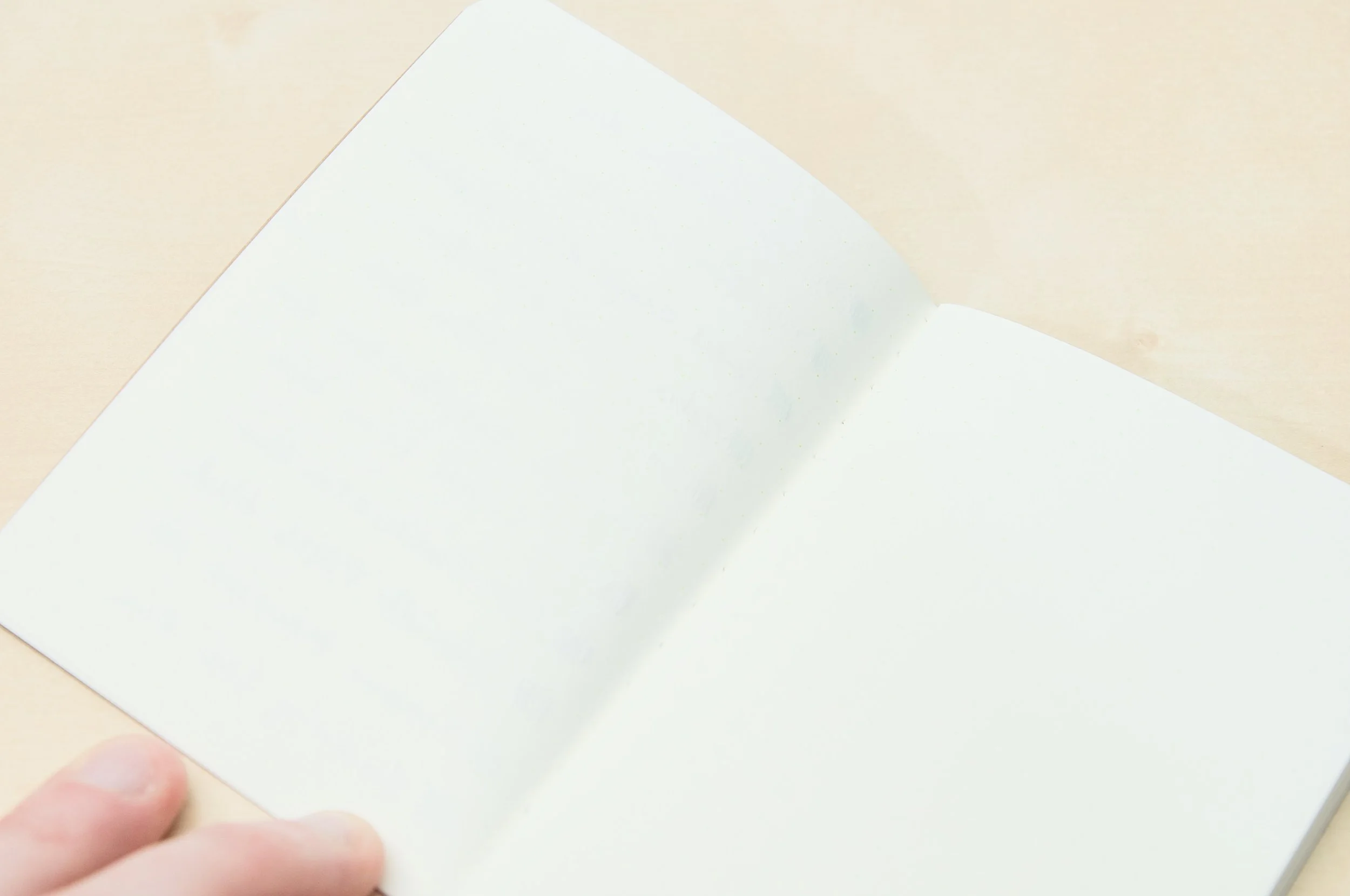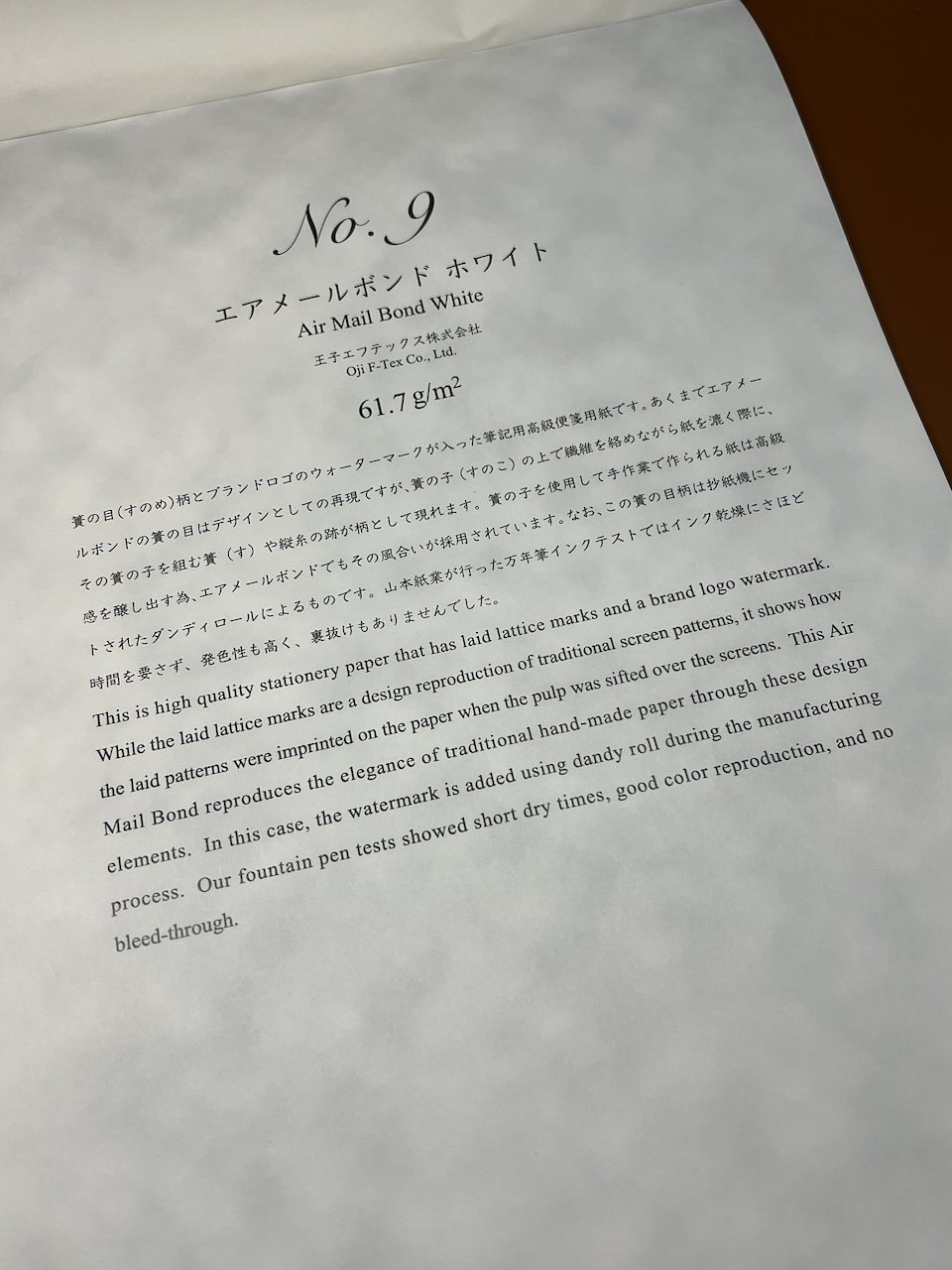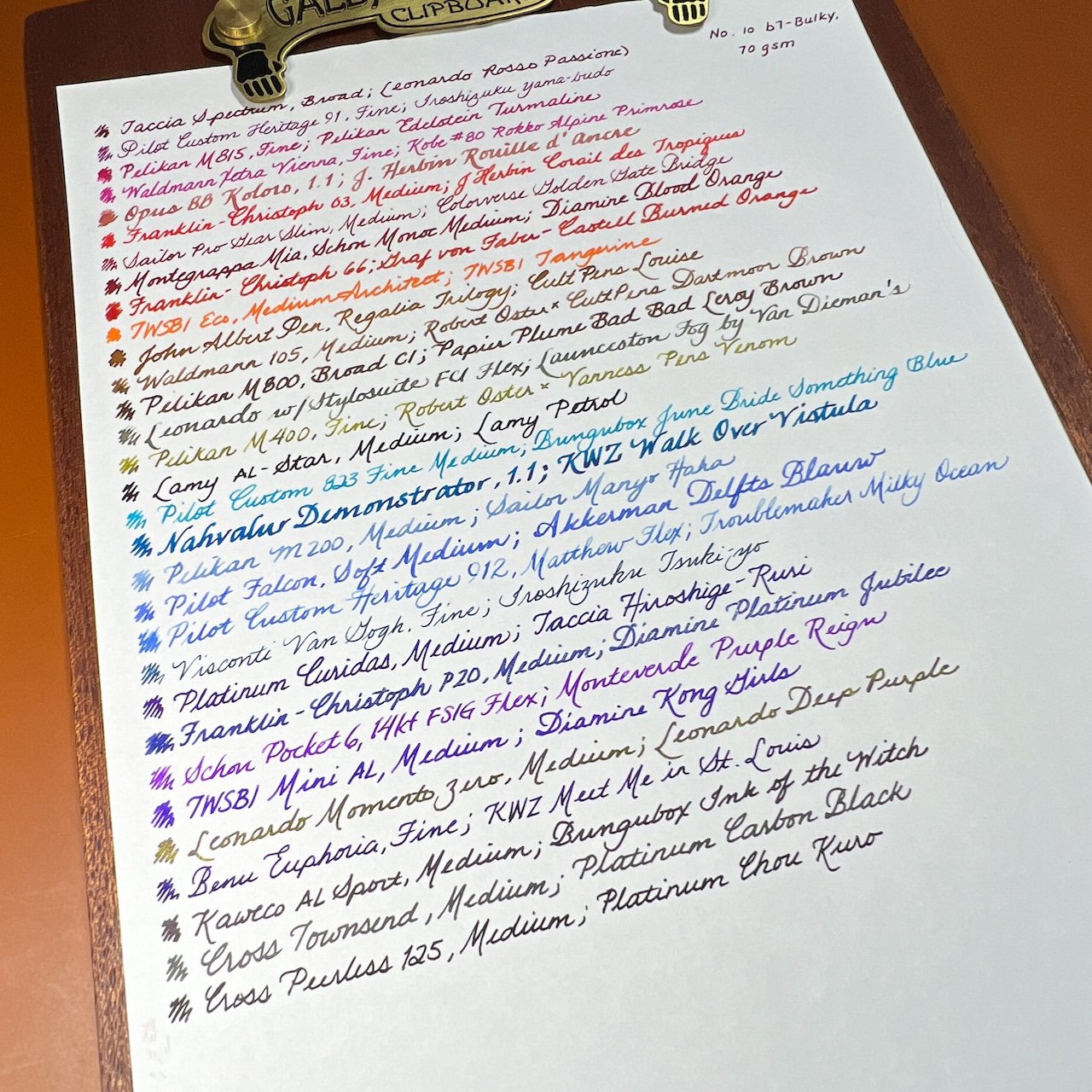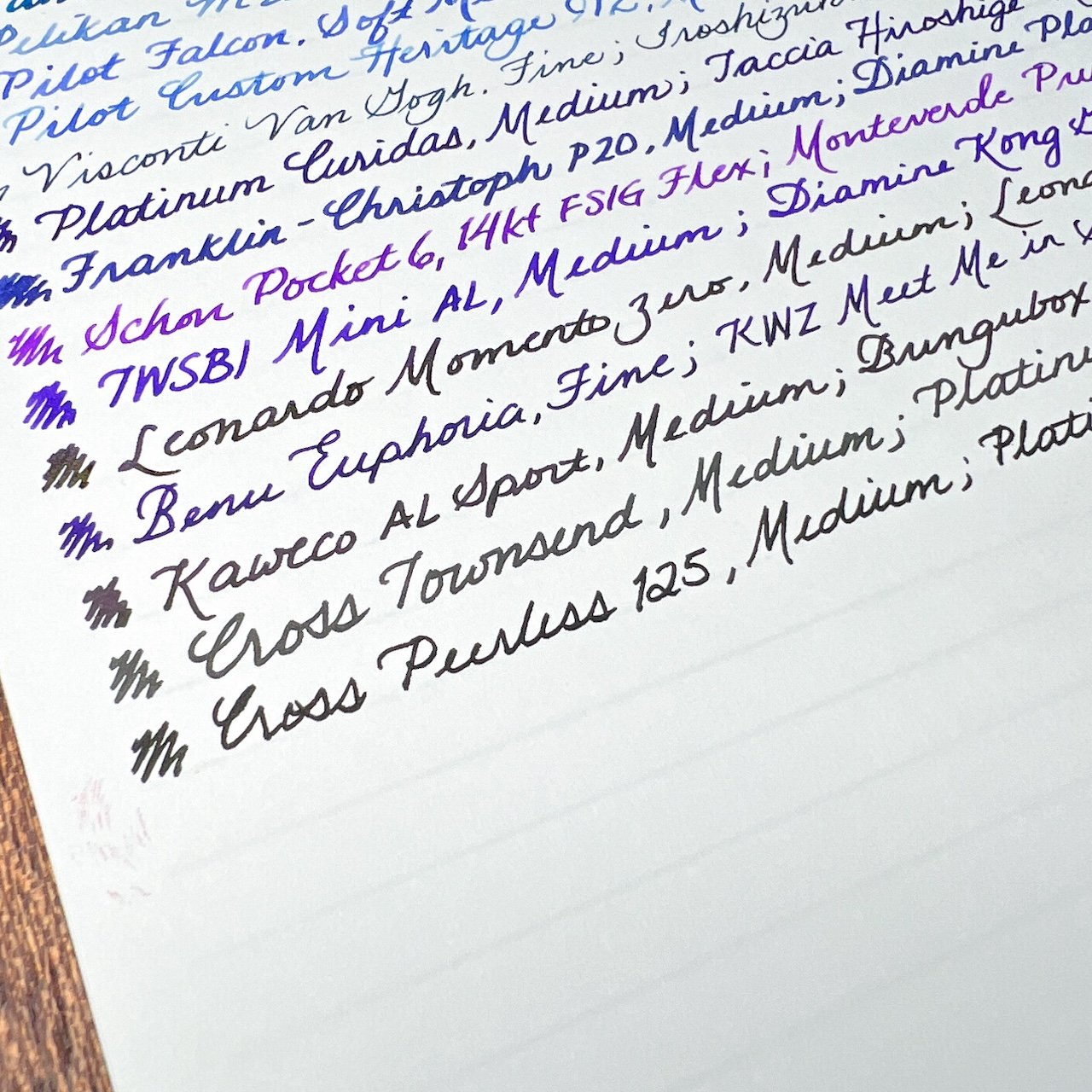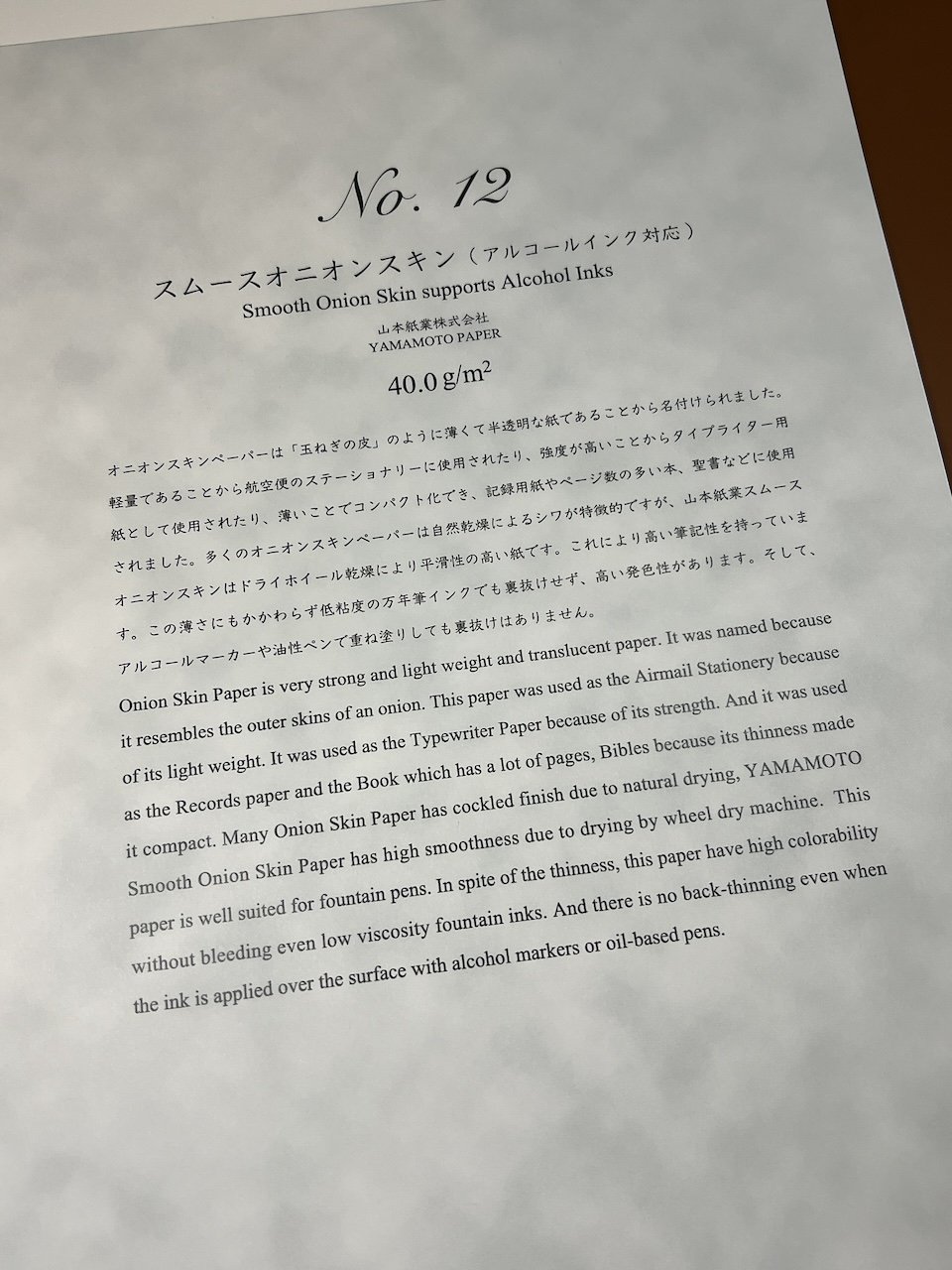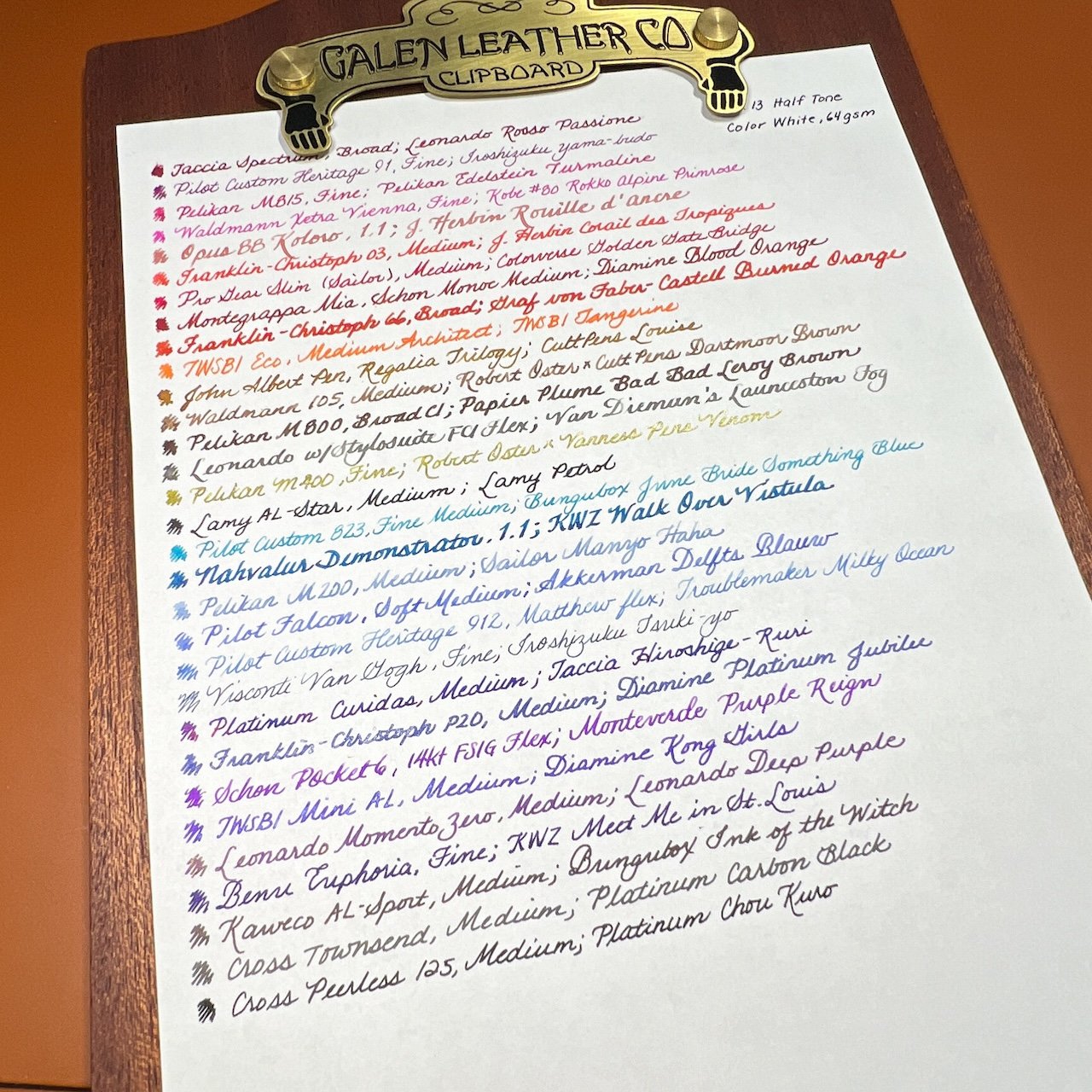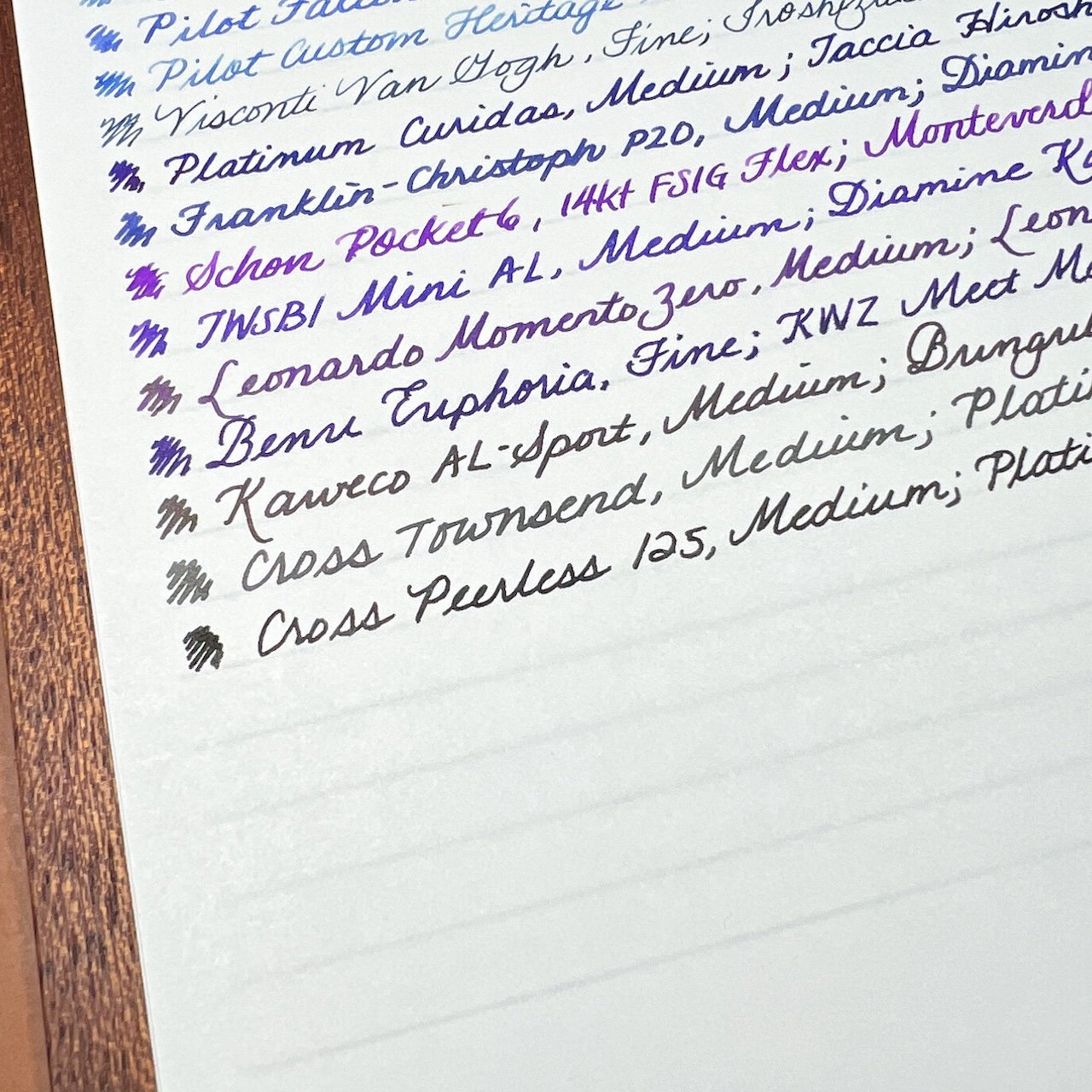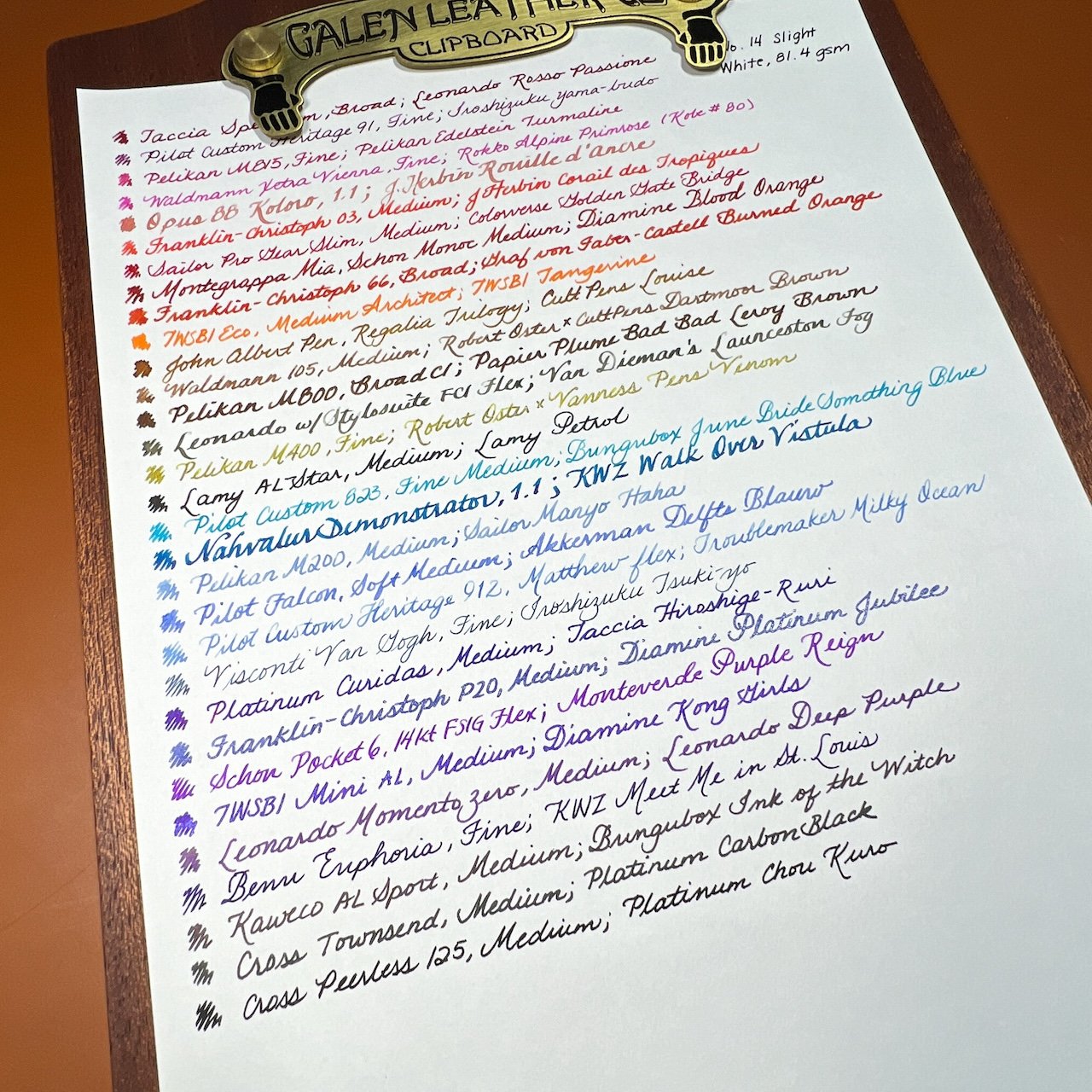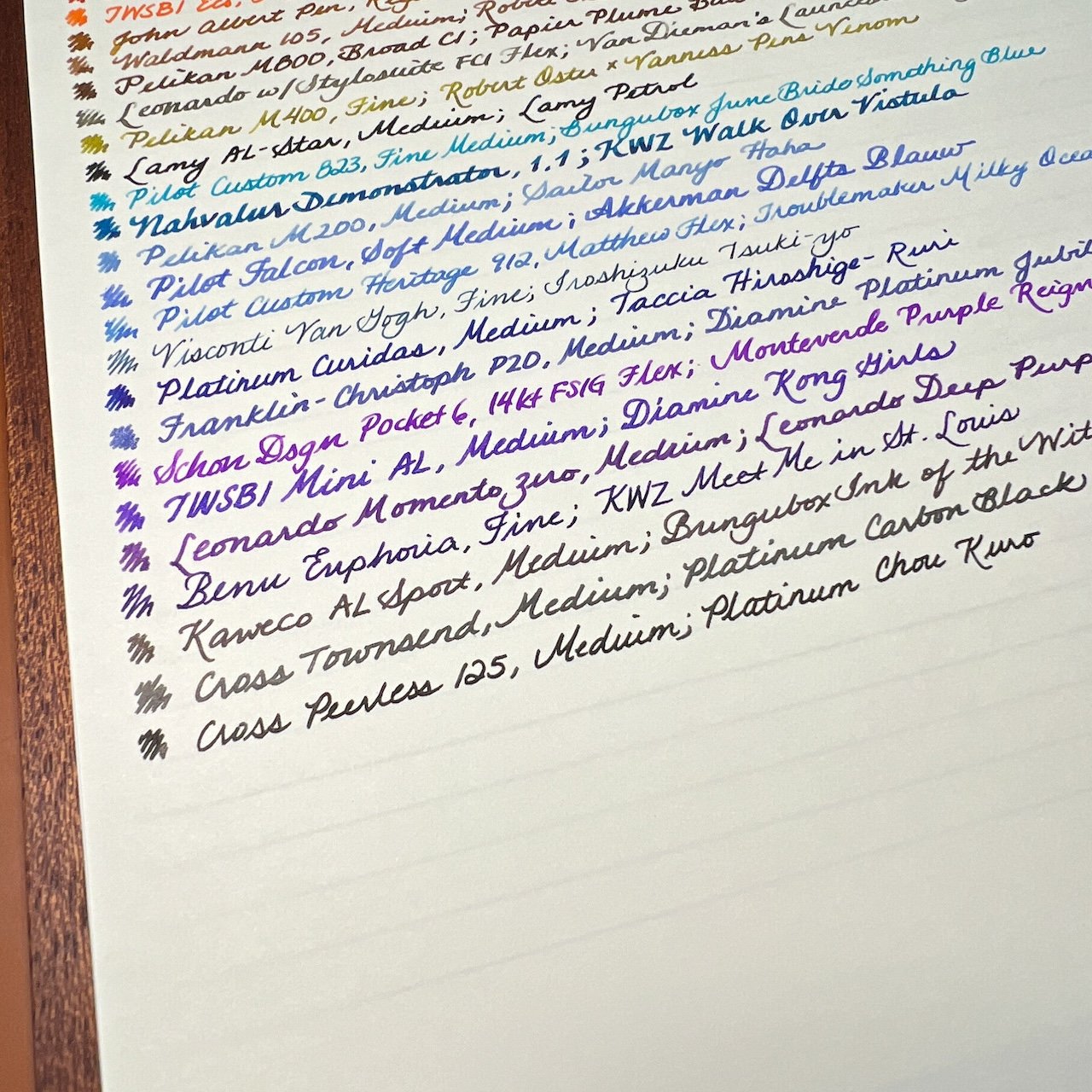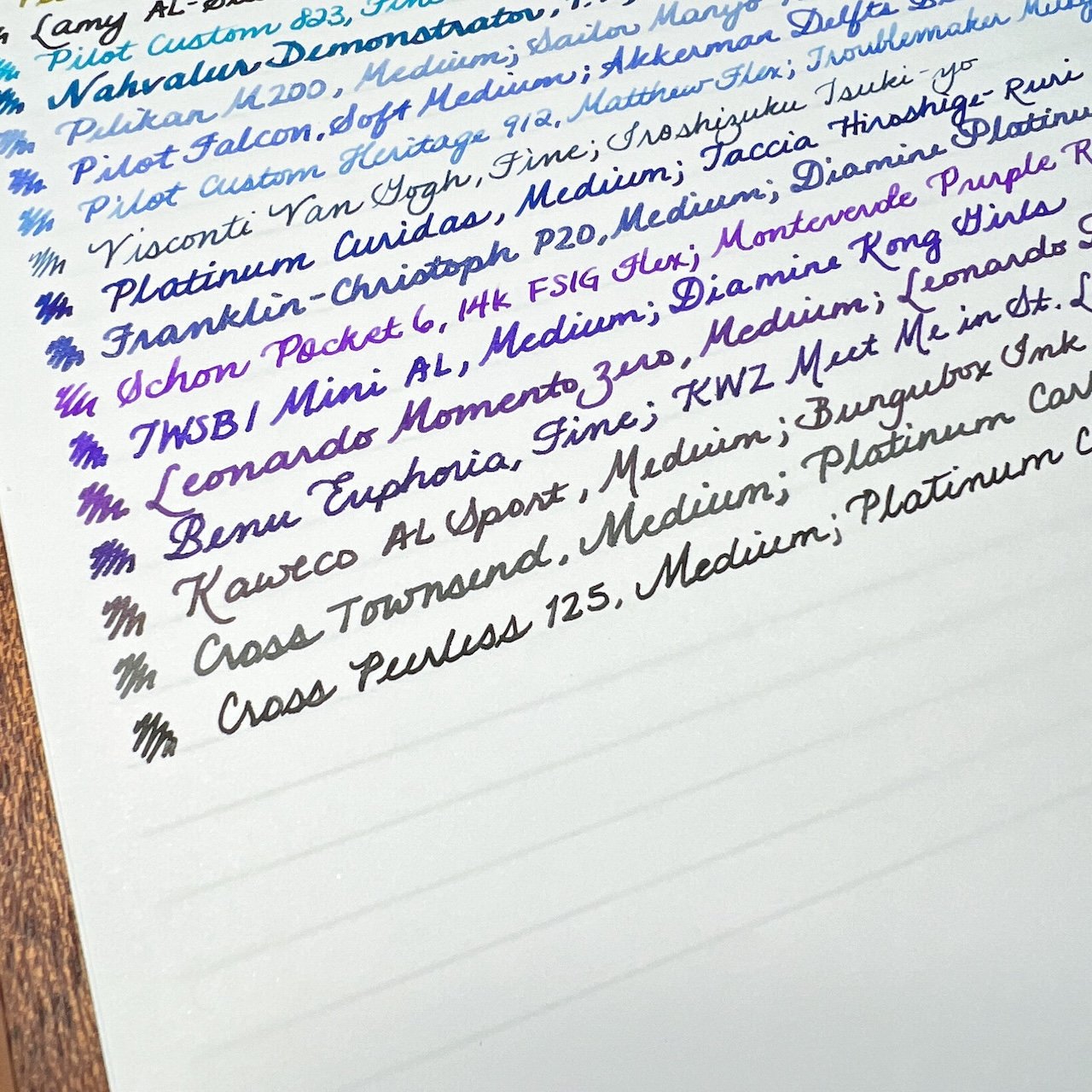(Jeff Abbott is a regular contributor at The Pen Addict. You can find more from Jeff online at Draft Evolution and Twitter.)
Always on the lookout for new pocket notebooks to try, I was keen to try out these the Shapes Series from Yamamoto Paper as soon as I saw them. I've had other notebooks from Yamamoto before, but not in this size. A little smaller than the common 3.5 x 5.5 pocket notebook size, I was curious to try out this slightly smaller version to see if I would notice the size difference.
The Ro-Biki Shape Series notebooks from Yamamoto Paper are small pocket-size notebooks that feature 60 pages of 80 gsm dotted ivory paper sandwiched between waxed paper covers with different designs.
The 3.5 x 5 inch (89 x 127mm) paper is the same size as the Passport size of Traveler's Notebooks, or the same size as a government-issued passport. This is a size that I'm sure many people are familiar with due to the popularity of the Traveler's Notebook system, but I haven't dabbled in this size before.
What really caught my eye were the cover designs. I went with Mountain Night and Wild Plants. There are many other unique cover designs that look great, but these two spoke to me. Getting them in hand, they look great in person and have a soft and pliable feel due to the wax coating treatment. According to Yamamoto Paper, the covers will patina in the same way as brass or leather as you use the notebooks. Aside from providing some protection from damage, the covers will also age and develop their own unique character with use. I'm looking forward to seeing how these covers develop their own story over the coming months of use.
The paper used in these notebooks is fantastic. It's 80 gsm paper that is 100% made from recycled paper with an ivory hue and light gray dots. Writing on the paper is a smooth experience, and I've really enjoyed it with any kind of writing instrument I've tried. I haven't seen any feathering or bleeding, which is great, and the paper works well with all kinds of ink and graphite. There is some minor show-through on the back side of the page, but it's not so bad that it makes the back side unusable. You can definitely see some ghosting, but it's easy to ignore when writing on the back side of the page. For a pocket notebook, I'm fine with sacrificing some paper thickness for lighter weight and thinner notebooks.
The notebooks are bound with both glue and stitching, and feel really solid in use. I have no doubts that these notebooks will hold up well, especially compared to the typical staple binding that a lot of pocket notebooks use.
The inside of the notebooks are completely empty. There's no marketing on the inside covers. The only branding is the small Yamamoto Paper logo on the back cover.
While the passport size notebooks look a lot smaller than the 3.5 x 5.5 inch notebooks I'm accustomed to, it's just an optical illusion. For my use, that half inch height difference isn't noticeable when writing, but it is noticeable when it comes to stashing the notebook in pockets or sleeves. After using these notebooks for a little while, I think I'm already starting to favor this passport size over the slightly larger 3.5 x 5.5 inch size.
At $8 per notebook, these notebooks are a little pricey. A more typical price for a pocket notebook is around $5. The waxed cover and nice paper definitely add a premium feel, but it still seems a little high. At the end of the day, I'd still choose to buy these notebooks again just because I really enjoy the cover designs and how the cover feels in hand. As with all things in this hobby, your mileage will vary, and your opinions are valid! If these little notebooks are calling out to you, you won't be disappointed once you have them in hand. They're high quality products that are a joy to use. Be sure to check out the other cover options!
(Vanness Pens provided this product at a discount to The Pen Addict for review purposes.)
Enjoy reading The Pen Addict? Then consider becoming a member to receive additional weekly content, giveaways, and discounts in The Pen Addict shop. Plus, you support me and the site directly, for which I am very grateful.
Membership starts at just $5/month, with a discounted annual option available. To find out more about membership click here and join us!





